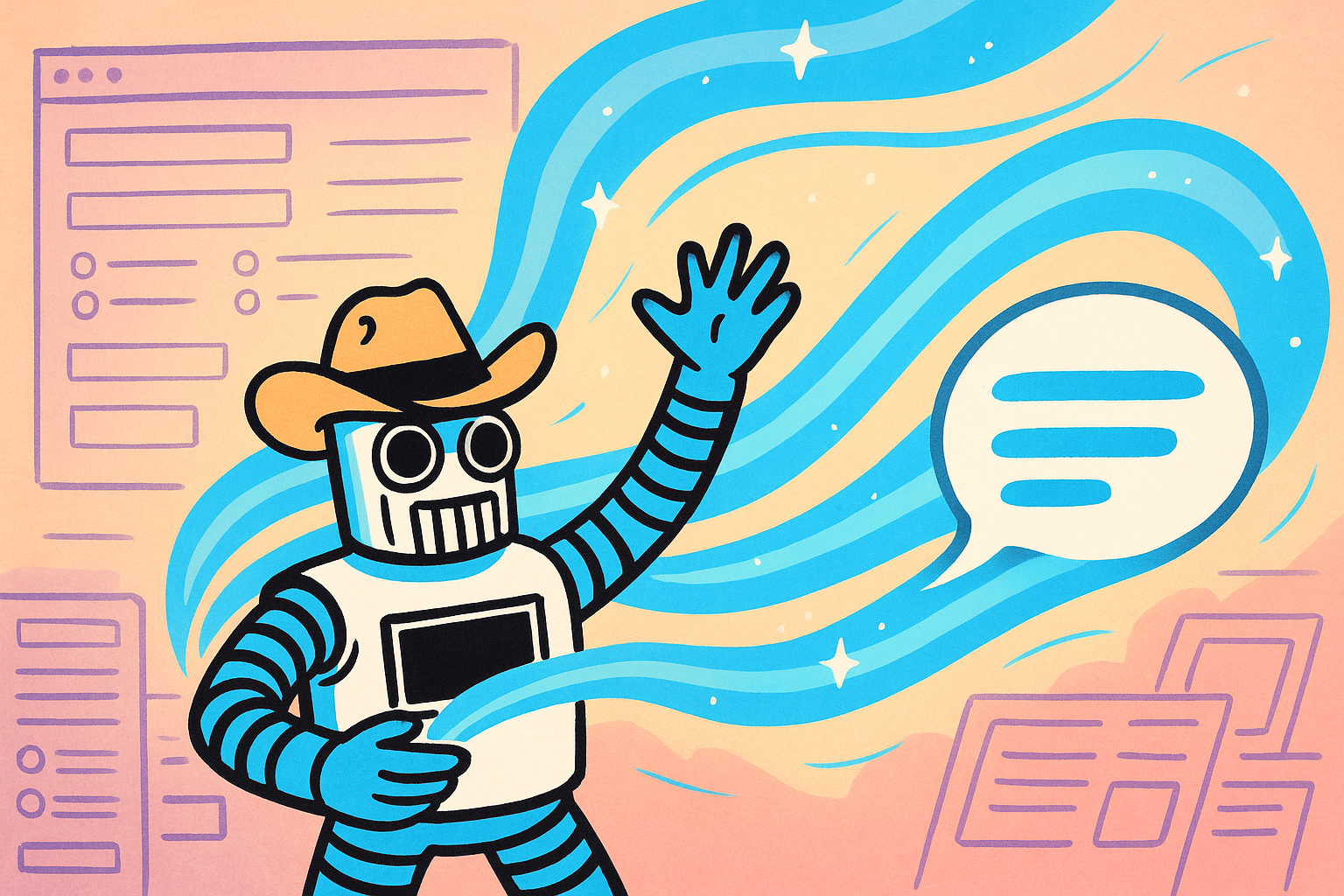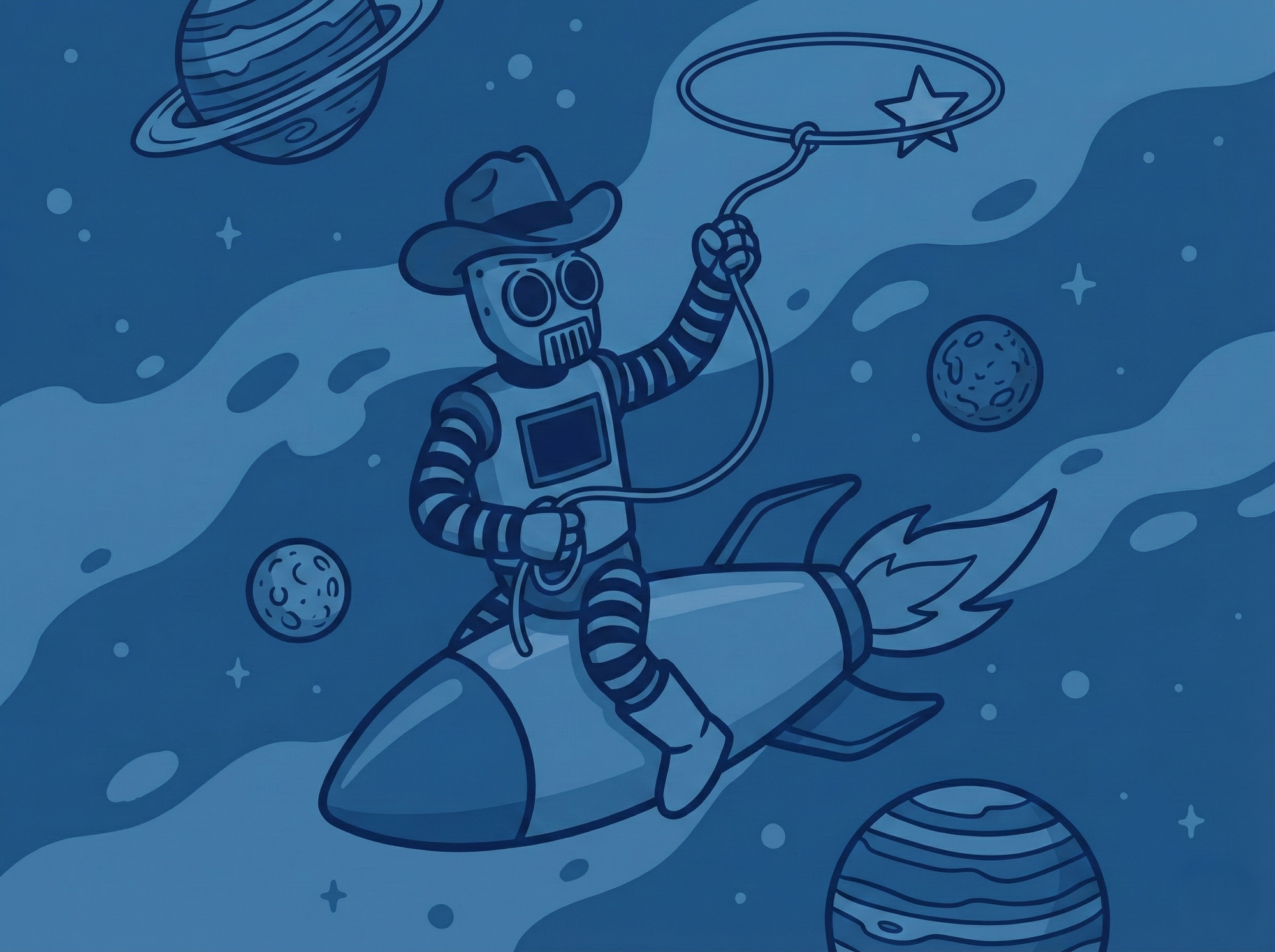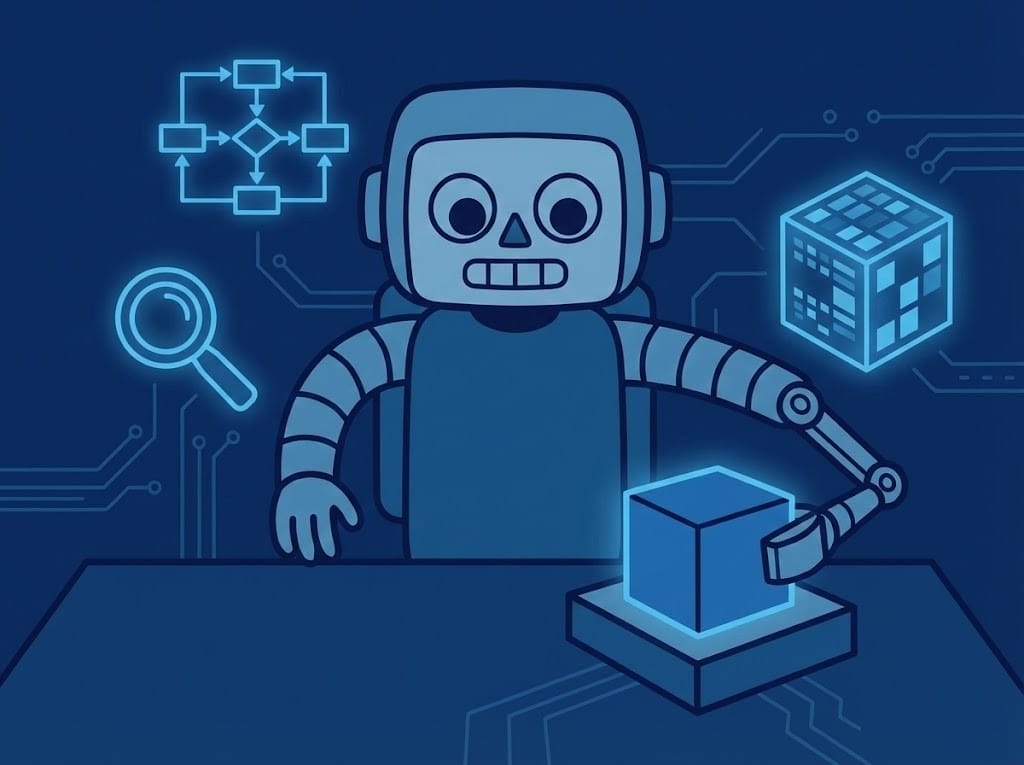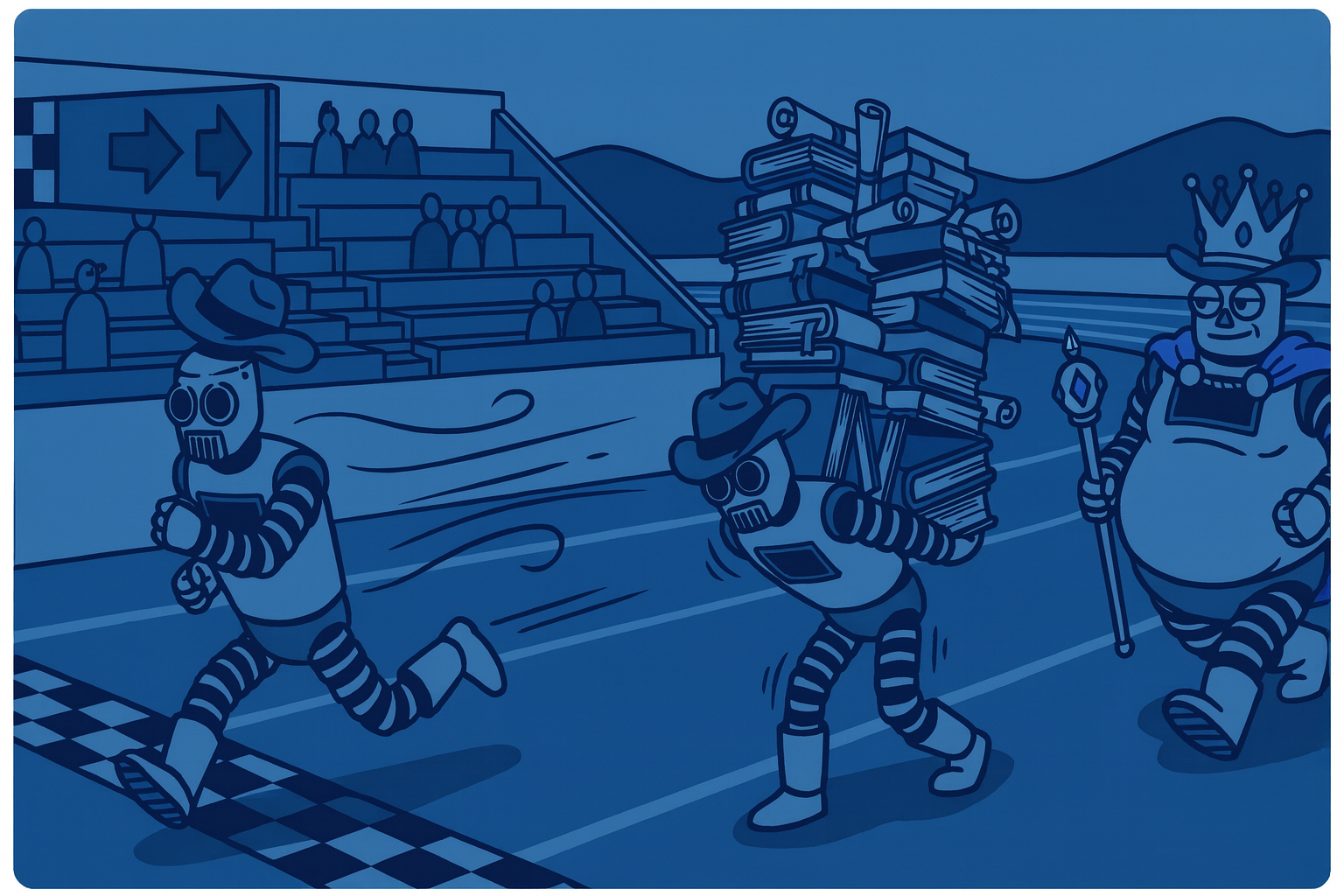Swapping out Determinism for Assumption-Guided UX

The real innovation that separates post-ChatGPT UX from pre-ChatGPT UX isn't about chatbots. It's not about intelligence or even about AI thinking through and reasoning. It's about assumptions.
In traditional software, users must explicitly provide every piece of information the system needs, but AI-powered interfaces can make educated guesses about what you probably meant, filling in the gaps with reasonable defaults. This shift from "tell me everything" to "I'll figure out what you probably mean" fundamentally changes how we design and interact with technology.
The Old World vs. The New World
Let me paint you a picture. In the old world, if I wanted to calculate how many times I'd have to stop my Tesla at a supercharging station going from New York to Florida, I'd need to build a web app. That app would need input fields for:
- Which version of Tesla (Model 3, Model S, Long Range, Performance)
- Which exact route I'm taking
- My driving speed preferences
- Current battery level
- Weather conditions
- Whether I'm using AC or heat
The user would have to fill in every single field. Miss one and the calculation fails. Enter something wrong and you get garbage in, garbage out.

But here's the real innovation now: you can just ask ChatGPT "How many times will I need to stop to charge my Tesla driving from New York to Florida?" and it will fill in the blanks. It'll assume you're taking I-95, driving at normal highway speeds, have a popular Tesla model, and are starting with a reasonable charge. If those assumptions are wrong, you can correct them, but you don't have to specify everything upfront.
This isn't just about reasoning models. There's a core difference in the technology - it's no longer deterministic, it's now assumption-based.
Why This Works: The Magic of Embeddings
The secret sauce here is that we've essentially coded language and reason into matrices and vectors. Embeddings aren't just word representations - they're probability distributions of what makes sense in context.
When you ask about your Tesla trip, the model doesn't just parse your words. It has encoded within its weights:
- The most common Tesla models people own
- Typical routes between major cities
- Average driving behaviors
- Standard charging patterns
It's almost like we have the answers without knowing exactly what type of Tesla you're driving. The model can fill in what's most probable based on millions of similar queries and contexts. It's all codified in the log probabilities of the LLM.
Think of it this way: every possible combination of inputs exists in a vast probability space. The old UX required you to specify exact coordinates in that space. The new UX lets you gesture vaguely in a direction, and the AI fills in the most likely coordinates based on what it's learned about the world.
Why This Changes Everything
This gets to the core uniqueness of LLM-guided user experience: flexibility and robustness.
Coverage Without Complexity: You can now cover every single edge case without building forms for them. Want to know about charging stops for a road trip with a trailer, driving in winter, with three kids who need bathroom breaks - the old way would need checkboxes and dropdowns for each scenario. The new way just... handles it.
Zero Learning Curve: People can use these systems without training because they work like human conversation. There's no manual to read, no specific syntax to learn. You just ask what you want to know, the way you'd ask a knowledgeable friend.
Work Shifts from User to AI: This is perhaps the biggest change. We've moved from making users do the work of specifying every parameter to having AI do the work of inferring what they probably meant. Great onboarding becomes "just tell me what you want" instead of "fill out these 15 fields."
Graceful Failure: When assumptions are wrong, the interaction doesn't break - it evolves. "Actually, I have a Cybertruck" leads to a refined answer, not an error message.
The Implications
This assumption-based paradigm is spreading beyond chatbots. We're seeing it in:
- Search interfaces that understand intent, not just keywords
- Design tools that create from descriptions, not precise specifications
- Data analysis that starts with questions, not SQL queries
- Code generation that works from goals, not detailed requirements
The future of UX isn't about better forms or smarter widgets. It's about systems that can take our half-formed thoughts and incomplete specifications and do something useful with them. It's about technology that assumes intelligently, corrects gracefully, and makes the user do less work, not more.
That's the real revolution. Not that computers can think, but that they can assume - and get it right most of the time.



